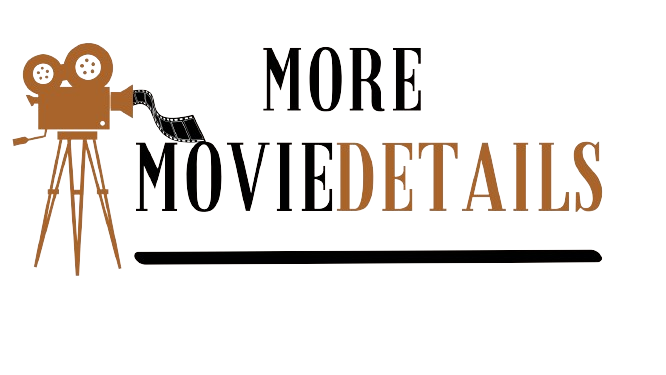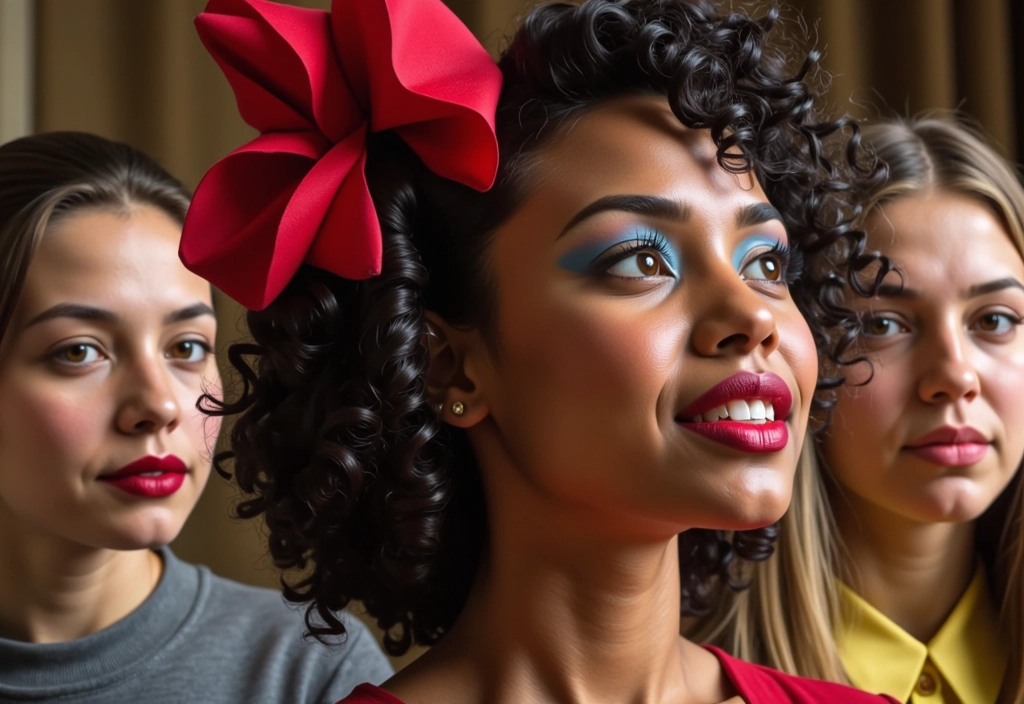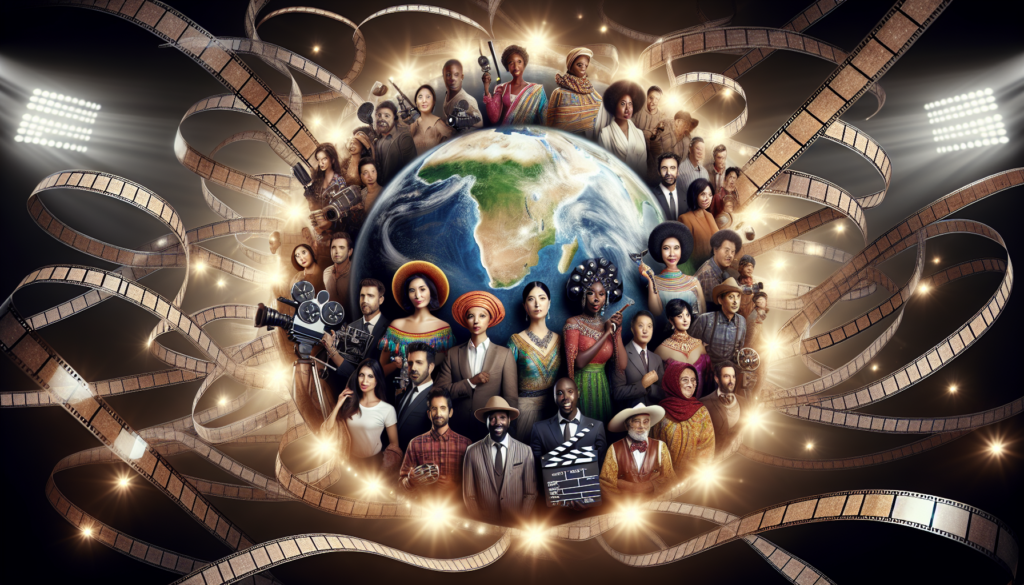In recent years, there has been a noticeable shift in the film industry towards inclusivity and diversity. As society becomes more aware of the importance of representing different voices and experiences on screen, filmmakers are embracing the opportunity to tell stories that reflect the true diversity of our world. This rise of diversity in film has not only given a platform to underrepresented groups, but it has also enriched the storytelling landscape, providing audiences with a broader, more inclusive range of narratives to engage with.
One of the most notable trends in the rise of diversity in film is the increased representation of minority groups, including people of color, the LGBTQ+ community, and individuals with disabilities. For far too long, these groups have been marginalized and underrepresented in mainstream cinema. However, in recent years, there has been a push for greater inclusivity, leading to a noticeable increase in diverse characters and stories on screen.
In 2018, the critically acclaimed film “Black Panther” made history as one of the highest-grossing superhero films of all time. Directed by Ryan Coogler, the film not only featured a predominantly Black cast, but it also celebrated African culture and heritage in a way that had never been done before in a major Hollywood blockbuster. “Black Panther” shattered the myth that films with diverse leads are risky or unprofitable, and instead proved that there is a strong demand for stories that are reflective of our diverse society.
Similarly, the success of films like “Crazy Rich Asians” and “The Farewell” have demonstrated the appetite for stories that center on Asian characters and experiences. These films not only resonated with audiences from the Asian community, but they also drew in mainstream audiences who were hungry for fresh, diverse narratives. As a result, Hollywood has started to recognize the commercial viability of films with diverse leads, leading to more opportunities for filmmakers and actors from underrepresented backgrounds.
In addition to increased representation of people of color, there has also been a growing acceptance of LGBTQ+ stories in mainstream cinema. With films like “Love, Simon,” “Moonlight,” and “Call Me by Your Name” receiving critical acclaim and box office success, LGBTQ+ characters and narratives are finally being given the spotlight they deserve. These stories not only provide representation for the LGBTQ+ community, but they also help to broaden the understanding and acceptance of diverse sexual orientations and gender identities among the general public.
Another important aspect of the rise of diversity in film is the increased visibility of individuals with disabilities. Hollywood has often overlooked the stories of people with disabilities, and when they have been represented, it has often been through the lens of stereotypes and ableism. However, recent films like “The Peanut Butter Falcon” and “Puzzle” have started to challenge these narratives and showcase the talents and experiences of individuals with disabilities in a more authentic and respectful manner.
The rise of diversity in film is not just about casting, but also about the behind-the-scenes talent that drives the creation of these stories. More and more, we are seeing diverse filmmakers and creatives being given the opportunity to share their unique perspectives and experiences with the world. Directors like Ava DuVernay, Jordan Peele, and Bong Joon-ho have been able to bring their diverse voices to the forefront, not only giving audiences diverse stories, but also proving that diversity behind the camera is equally important.
While the rise of diversity in film is undoubtedly a positive trend, it is important to acknowledge that there is still much work to be done. The film industry still has a long way to go in terms of achieving true diversity and inclusivity. There are still many underrepresented groups whose stories have yet to be told, and it is crucial that the industry continues to push for greater representation across the board.
At the same time, it is important to address the issue of tokenism, where diverse characters and narratives are included for the sake of diversity, rather than being fully fleshed out and authentic. It is crucial that filmmakers and studios strive for genuine and respectful representation of diverse experiences, rather than simply checking off boxes for diversity quotas.
As audiences continue to demand and support diverse stories, the rise of diversity in film is likely to continue. A more inclusive film industry not only enriches the entertainment landscape, but it also has the power to promote empathy, understanding, and social change. By embracing the full spectrum of human experiences, filmmakers have the opportunity to create impactful and resonant stories that will resonate with audiences from all walks of life.



